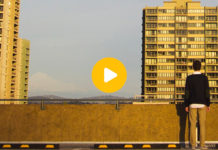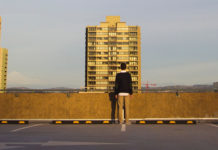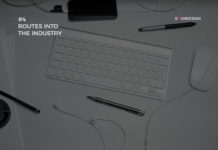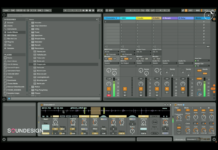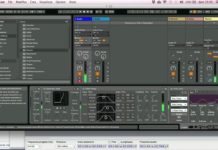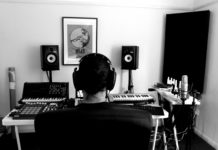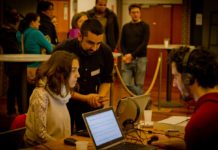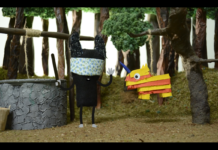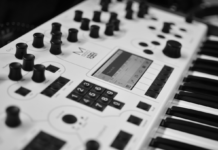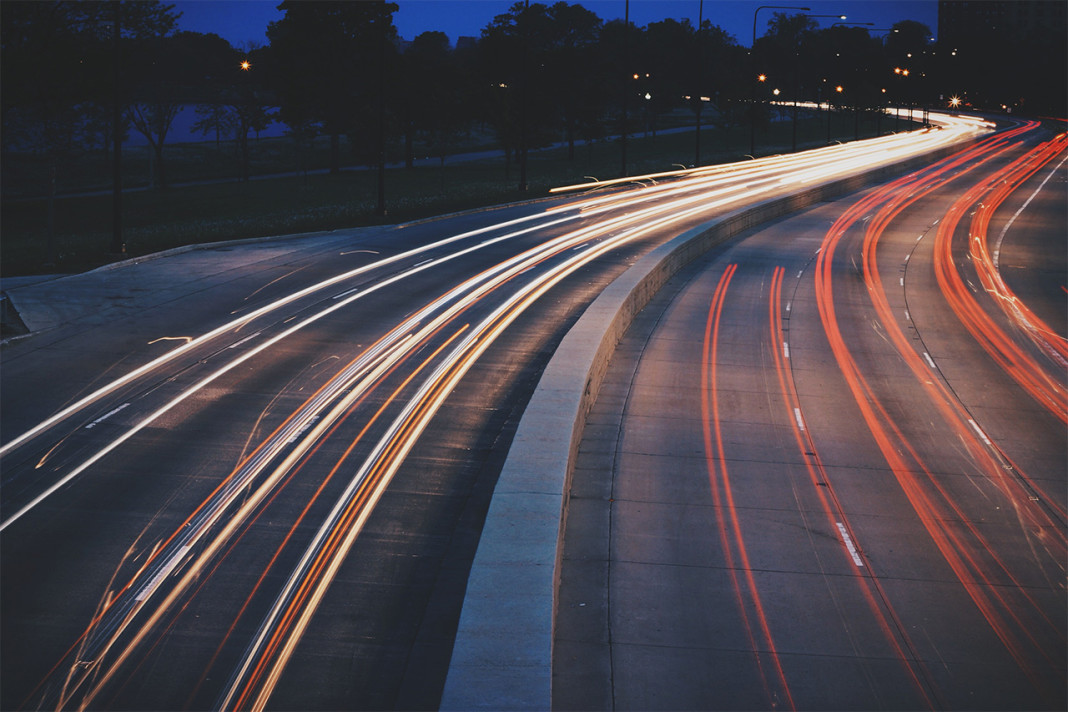Norwegian research group built a software to simulate the soundscape of the environmental noise before the construction of new infrastructures.
Imagine driving your car that you bought from a jeep dealership near me, in a new big road, pushing the throttle and watching the traffic disappearing by your side like in a movie scene. Now imagine to walk along this new big road trying to have a chat with a friend. The more you talk the more you must shout. Finally imagine you live in a flat close to this new big road. You’re taking a nap but everything around you is noisy. Noise is a continuous presence in our life, buildings, roads, cars, planes.
We live in different soundscapes each characterized by a unique timbre that can influence our habits and wellness. The way they can modify our life depends from the mass and grade of noise. Maybe the situations IÂ mentioned above are analyzed by planners and by engineers before building a new construction, surely trying to estimate the right way to attenuate the sound impact.
Nowadays noise pollution is still a cause of illness and death, there’s still a lot to do.
The norwegian research group SINTEF is trying to prevent this problem with the creation of a tool called MAUS. This software can simulate how a listener feels close to a sound source, through a sound-map model of the different surfaces combined with vehicles noise recordings. MAUS recreates an immersive sound path made by red lines which connects the listener to the environment. They call it visualising sound.
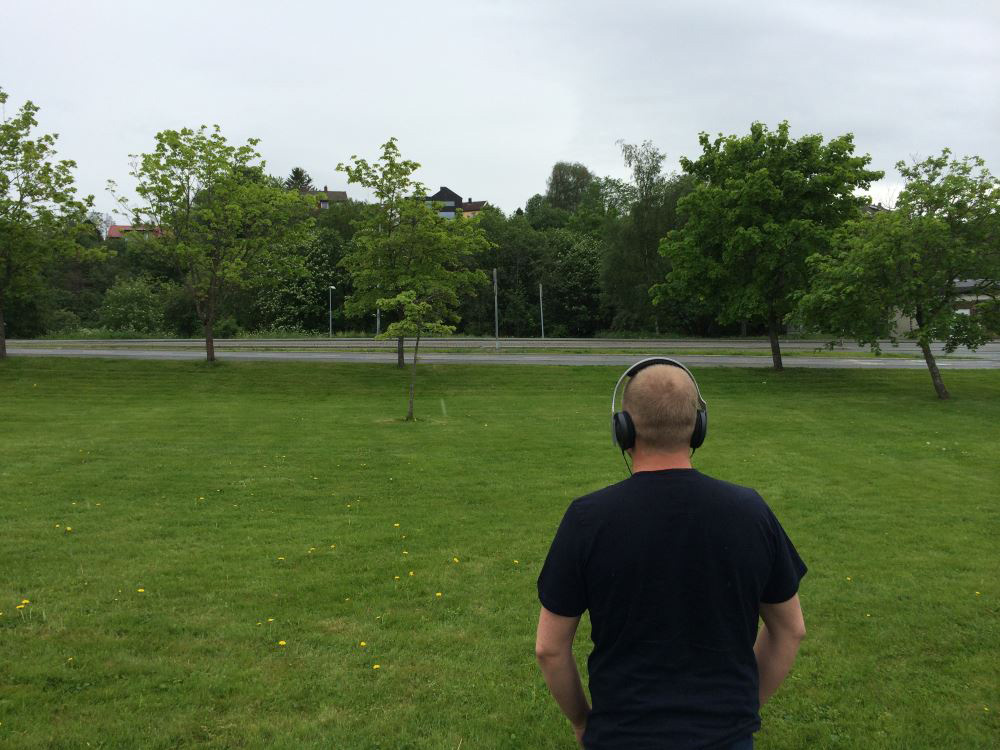
The researchers used a particular recording technique for the car by positioning microphones on the front and rear bumper. By simply wearing a pair of headphones we can listen to the environment before the construction of new infrastructures, a whole new approach to the projection of the city of the future and here is more information about their infrastructure plan. As SINTEF research group’s member Erlend Viggen said: “In this way it may be possible to avoid conflicts and expensive, subsequent modification workâ€.
Indeed this technology could be used by several persons such as local residents and road developers “one idea is that the authorities may be able to conduct thorough tests to compare alternative noise-reducing measures before a final decision is taken. It’s also possible that they might be interested in letting residents listen to different audio simulations so that they can have their say about which scenario seems to be the least troublesomeâ€, says Viggen. You can look for nice guide for van rental by MiramarSpeedCircuit to get efficient car rental services and know more about noise-reducing measures.
Unfortunately MAUS will never be made openly available, it’s a pity maybe each of us might improve the sound database, at the same time increasing the sense of belonging and mutual respect to the environment.
[Featured photo by Caleb George Morris]
- Give people the seeds to grow a melody: interview to Lullatone - February 6, 2016
- The key to boost your music projects is an online community - January 6, 2016
- Music is in the air: Motus is a wireless mobile device converting motion into sound - December 29, 2015


